BMW is building a fleet of up to 100 hydrogen fuel cell vehicles (FCEV) for demonstration and trial purposes. It comes as Oliver Zipse, chairman of the board of management at BMW, says: “Hydrogen is the missing piece in the jigsaw when it comes to emission-free mobility.”
The move is considered significant, given the last time the German car maker entered into a similar trial, with the Mini E in 2009, it led to the development of the BMW i3 and, ultimately, Mini Electric.

The new BMW iX5 Hydrogen, which uses a pair of 700-bar tanks made of carbon-fibre reinforced plastic (CFRP), has a claimed driving range of 313 miles and a top speed of 112mph. Filling the hydrogen tanks is said to take just three to four minutes, which gives FCEVs a distinct advantage over pure electric vehicles.
But while the electric car charging network is growing, the hydrogen infrastructure falls woefully short of being able to cope with a possible influx of vehicles. The Times says only 11 hydrogen filling stations are open in the UK, while the figures for Germany are 93, for France 42 and a little over 240 for Europe as a whole.
There are 70 hydrogen filling stations in the United States, the majority of them in California. China has around 250.
Despite this, Jürgen Guldner, BMW’s hydrogen programme manager, is adamant that the fuel has a crucial role to play, telling The Times: “I am convinced – I am not saying ‘I think’ or ‘I believe’ but I am convinced – that hydrogen is the future.”
The company has been saying the same thing for many years. “Hydrogen is the fuel of the future,” said the company in a 1999 CleanEnergy press pack. ”BMW sees the hydrogen engine as the number one long-term development, a technology of the future that has already started today.”
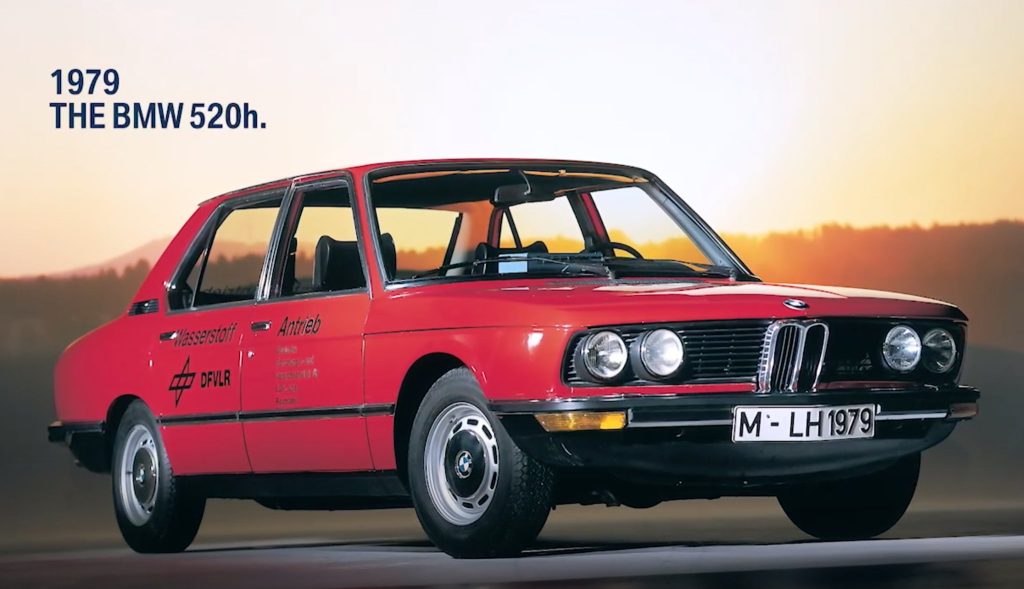
Twenty years earlier, BMW collaborated with the German Research Institute on an E12-generation 520h powered by either liquid hydrogen or petrol. Development continued with the 1984 launch of the 745i Turbo, before the 735iL of 1988 premiered the world’s first liquid hydrogen-powered 12-cylinder engine.
It continued to develop dual-fuel cars, including the Hydrogen 7 of 2005, which could run on both hydrogen and petrol, with the 6-litre V12 engine on hand to allay any fears of hydrogen range anxiety.
In 2013, BMW joined forces with Toyota, with the Japanese company focusing on fuel cell stack technology. Toyota launched the Mirai in 2014, which is currently one of just two hydrogen-fuelled passenger cars on the market. Honda axed the Clarity in 2021, with a poor infrastructure and a high price tag (around £50,000) blamed for its demise.
However, at the end of last year, Toyota was approved for more than £11 million of funding by the UK government’s Advanced Propulsion Centre, to adapt the Mirai’s hydrogen fuel cell for use in the Hilux pickup and develop a ‘pilot production prototype’, which will be built in limited numbers with a view to ultimately establishing volume production at the company’s Burnaston factory. Its technical partners include Ricardo, ETL, D2H and Thatcham Research.
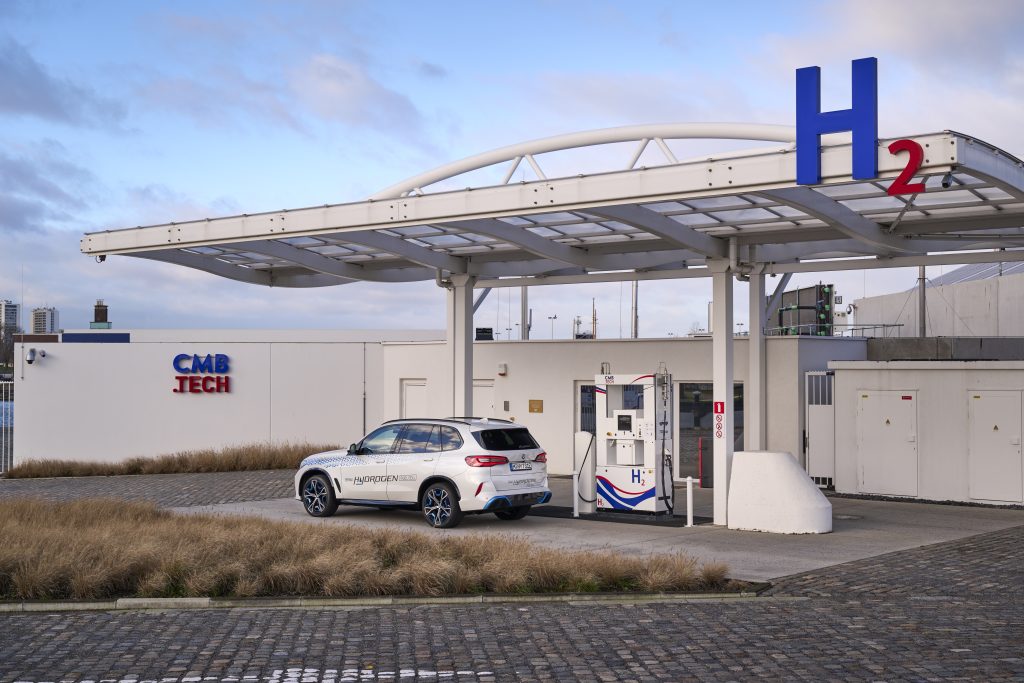
The launch of the BMW iX5 Hydrogen for press and demonstration purposes comes four years after the unveiling of the i Hydrogen NEXT, and two years after the debut of the iX5 Hydrogen at the IAA Mobility in Munich.
BMW adopted a similar approach when learning about electric cars, trialling the original Mini E before its unveiling at the 2012 Olympic Games. The Mini Electric entered mass production in 2019.
“We will go into production in the second half of this decade,” Jürgen Guldner told The Times. “For trucks and buses and coaches, it is already becoming accepted that, operationally, hydrogen works better.
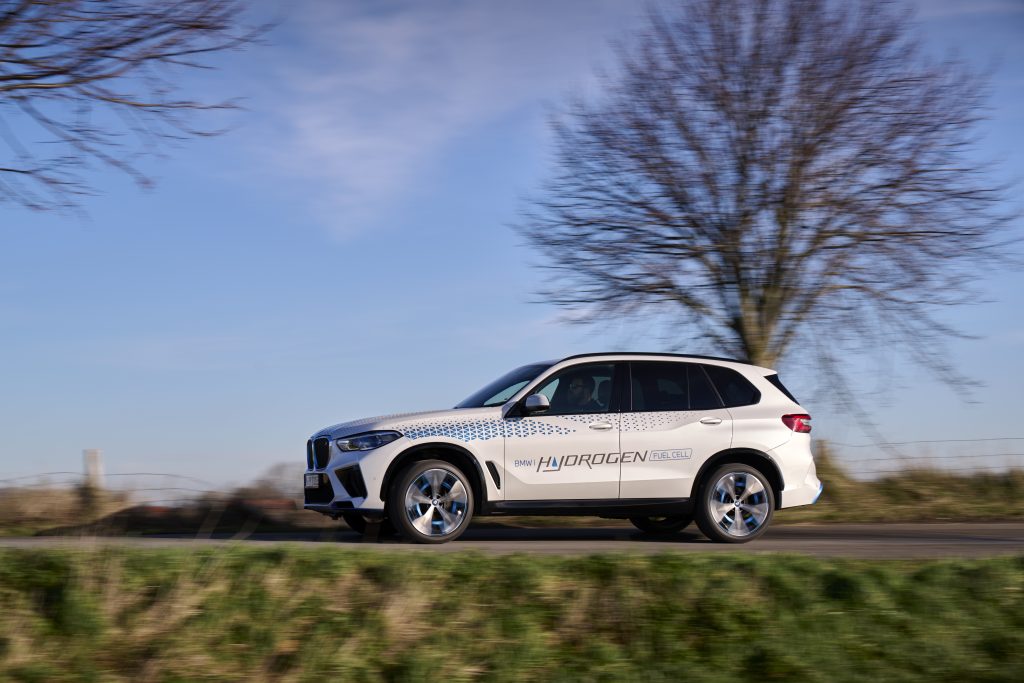
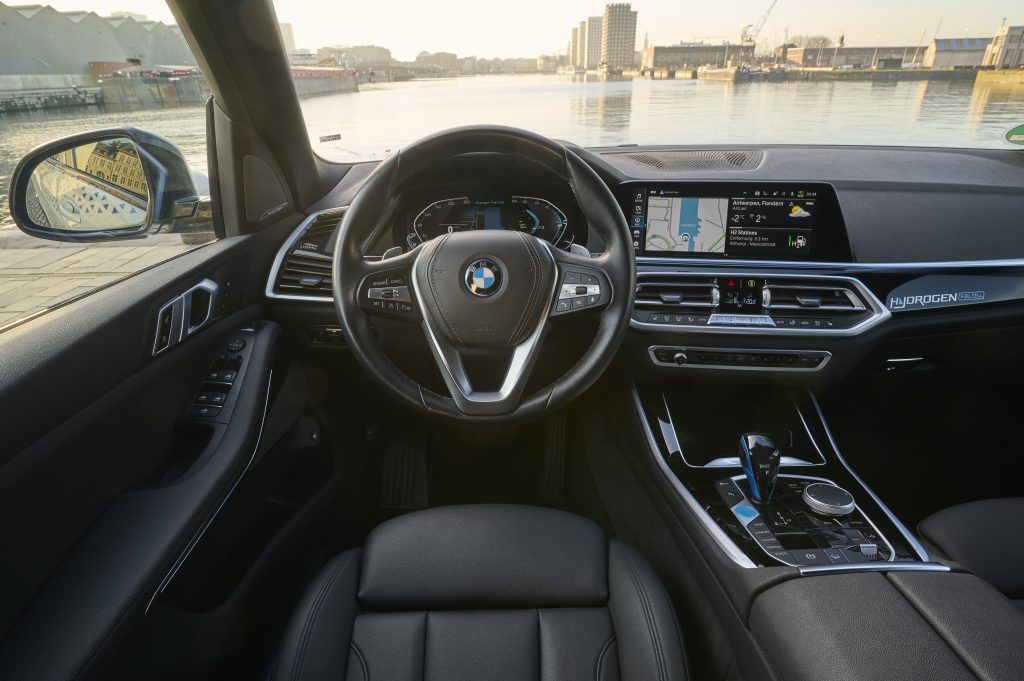
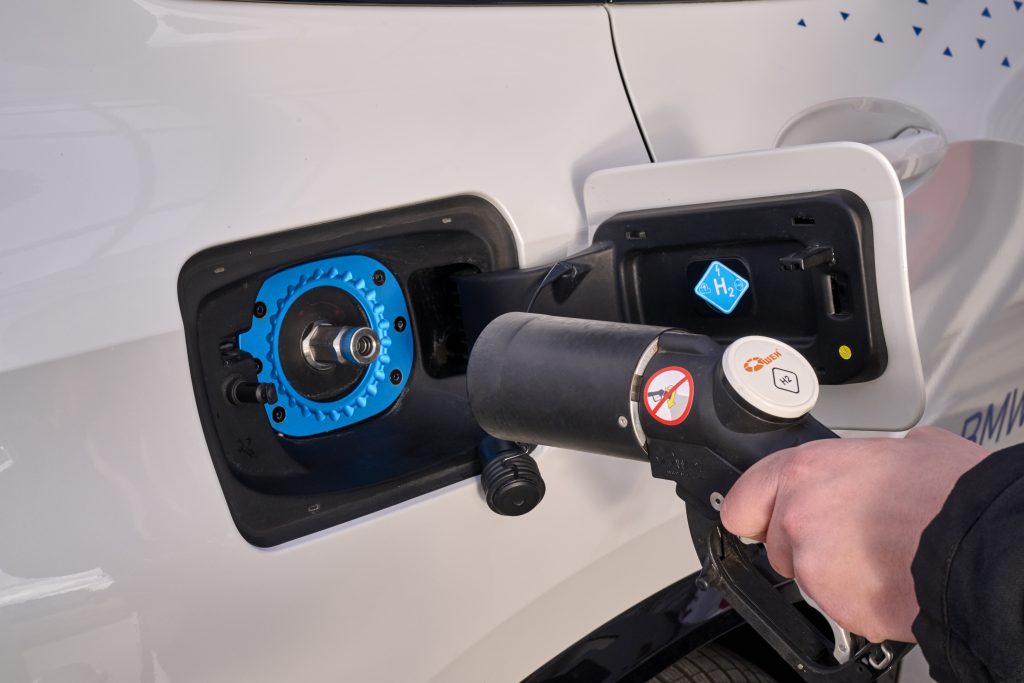
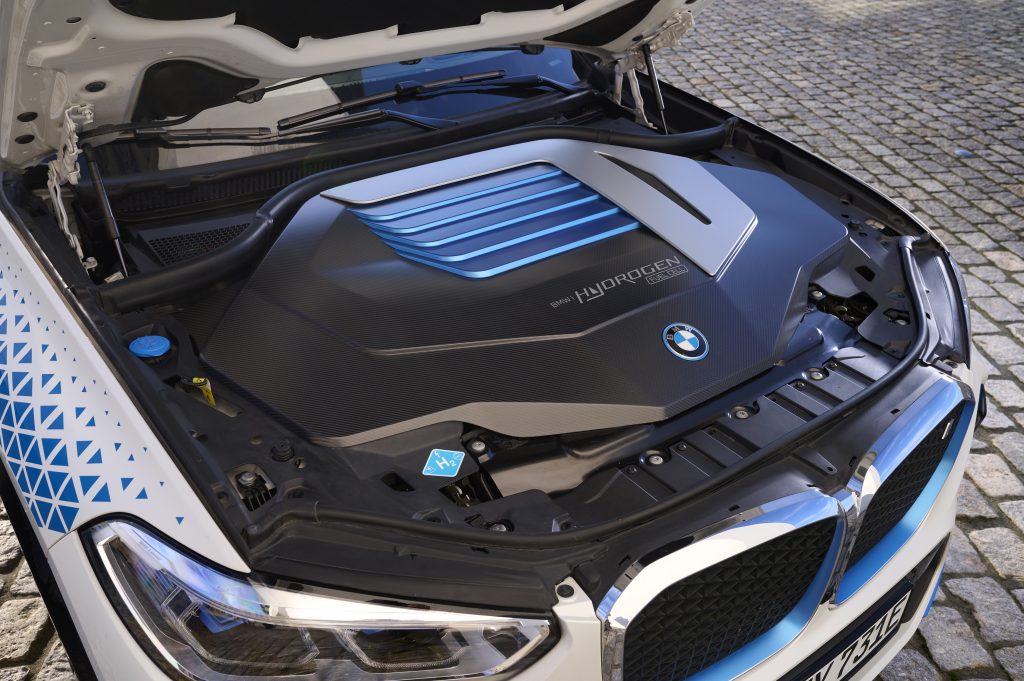
“For most passenger cars and light commercial vehicles, battery electric will fulfil most of the needs and demand, but not all.
“Those who cannot charge an electric car at home; those in big cities where there is not enough public recharging; those who have trailers and who find public electric car-charging impossible to use; those who travel a lot; those who want to run a car much as they might do today except it is a zero emission car.
“This is not a fight of battery electric versus hydrogen fuel-cell… [It] is a second leg on the path to decarbonisation of transportation. Battery and fuel-cell are complementary technologies, just as we have diesel and petrol today.”
Read more
Coming too soon: 10 cars that jumped the gun
Will synthetic fuels ride to the rescue of classic cars?
Restomods: The Future of Classics?







